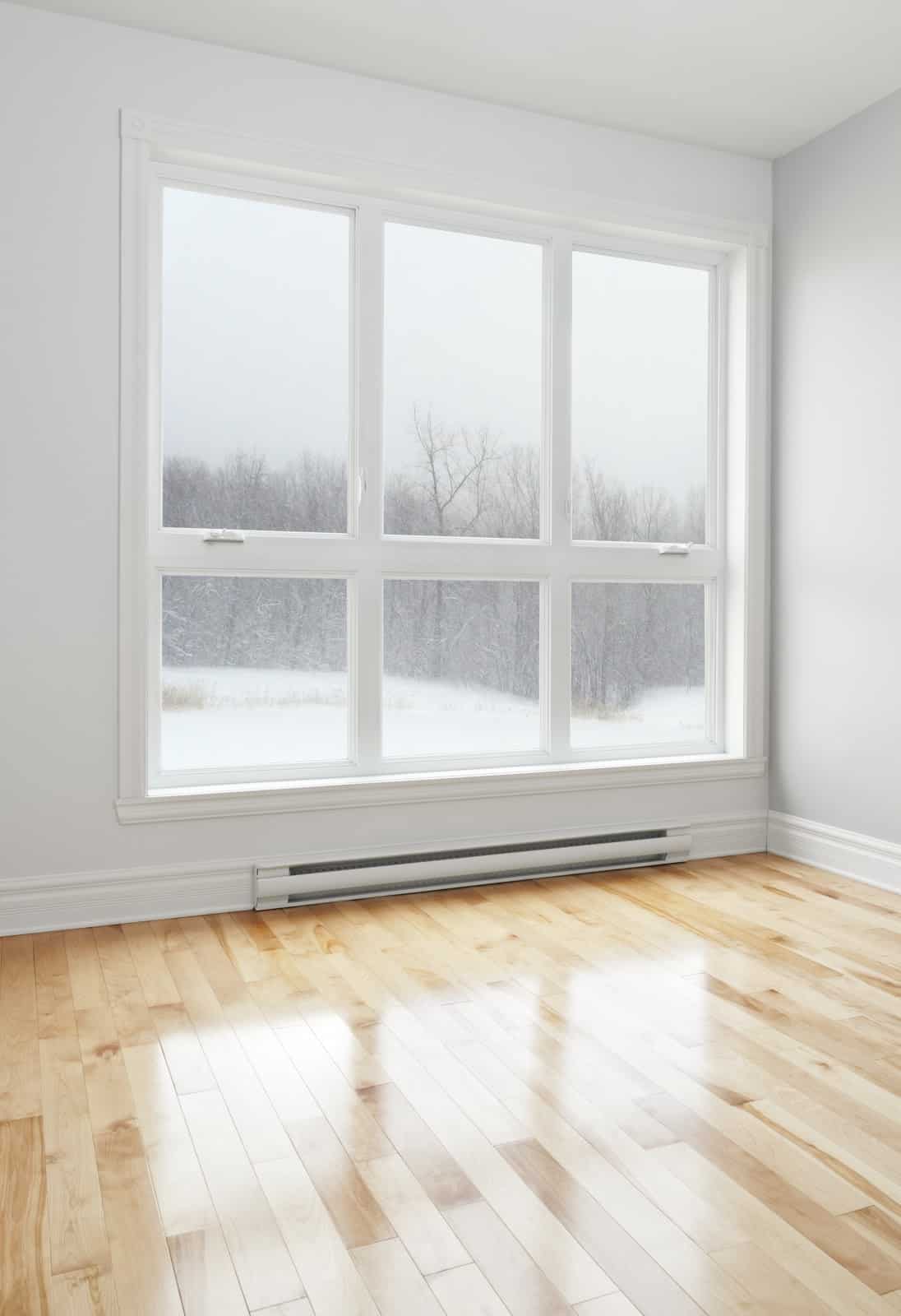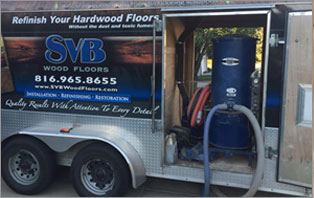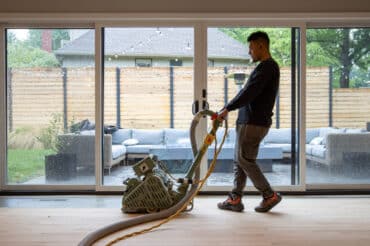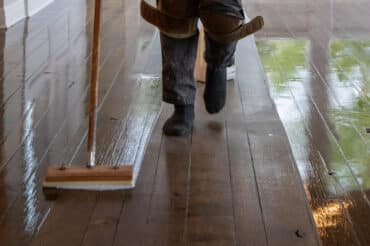
 Hardwood floors in Kansas City see their fair share of snow and ice during the winter. Add salt and ice melt to that, and you have a recipe for damaged floors. What do you clean your floors with when winter hits? How do you protect them? Continue reading below for a few helpful tips from the hardwood floor professionals at SVB Wood Floors.
Hardwood floors in Kansas City see their fair share of snow and ice during the winter. Add salt and ice melt to that, and you have a recipe for damaged floors. What do you clean your floors with when winter hits? How do you protect them? Continue reading below for a few helpful tips from the hardwood floor professionals at SVB Wood Floors.
Will Ice Melt Damage Wood Floors?
Most ice melt products contain either one component or a blend of the following: calcium chloride, sodium chloride, potassium chloride, magnesium chloride, and urea. Since ice melt has a chemical foundation of calcium chloride (salt), it effectively melts ice and is cost effective. However, salt has a high pH level, just like products used in stripping floors. Over time, if not cleaned up quickly, ice melt residue removes the protective finish, ultimately exposing the wood to damage.
Tips to Combat Ice Melt and Salt
You know your floor has come into contact with ice melt when you see a white residue left behind. To remove the white film, you must neutralize the alkalinity in the salt with an acidic chemical. If a soft cloth and water do not initially work, you will want to try a professional floor cleaning product. For a more natural approach, add one cup of white vinegar to a gallon of warm water to clean the area. Next, in a circular motion buff and dry immediately. Test this method in a small spot first before cleaning the whole area. Keep in mind that there are alternatives to ice melt such as sand and kitty litter. They won’t necessarily melt the ice, but they will provide traction.
Watch for Grit That Can Scratch Wood Floors
Besides the chemicals that get tracked in, you have to worry about the grit from sand, kitty litter, and regular road dirt that may stick to snowy shoes and boots and end up in your foyer. If you can, have visitors deposit their footwear in a plastic boot tray when entering the home. The next best solution is a thick towel or mat to place shoes on. Be aware, however, that once wet, that towel or mat can do damage if left sitting upon the wood floor for too long. Remove it and replace it with a dry version as soon as you can.
Quick Cleanup and Preventative Tips
Reducing damage to hardwood floors is best done with a quick cleanup when coming in from outside. Although indoor rugs may seem like a good idea, they unfortunately will trap moisture and cause more damage. Try a heavy duty outdoor rug/mat to reduce dry material like salt pellets from coming inside. Another helpful tip is keeping a broom or small vacuum handy to get rid of any granules. It’s also a good idea to have some soft, absorbent towels on hand near the door so cleanup can be done easily and quickly. For footwear, set up a drying area with plastic shelving so that shoes are not sitting directly on the hardwood.
From installation and refinishing to restorations and deep cleaning, if you need help with your hardwood floors, call us at (913) 396-6769 or (816) 965-8655 or contact us for a free, in-home consultation.



